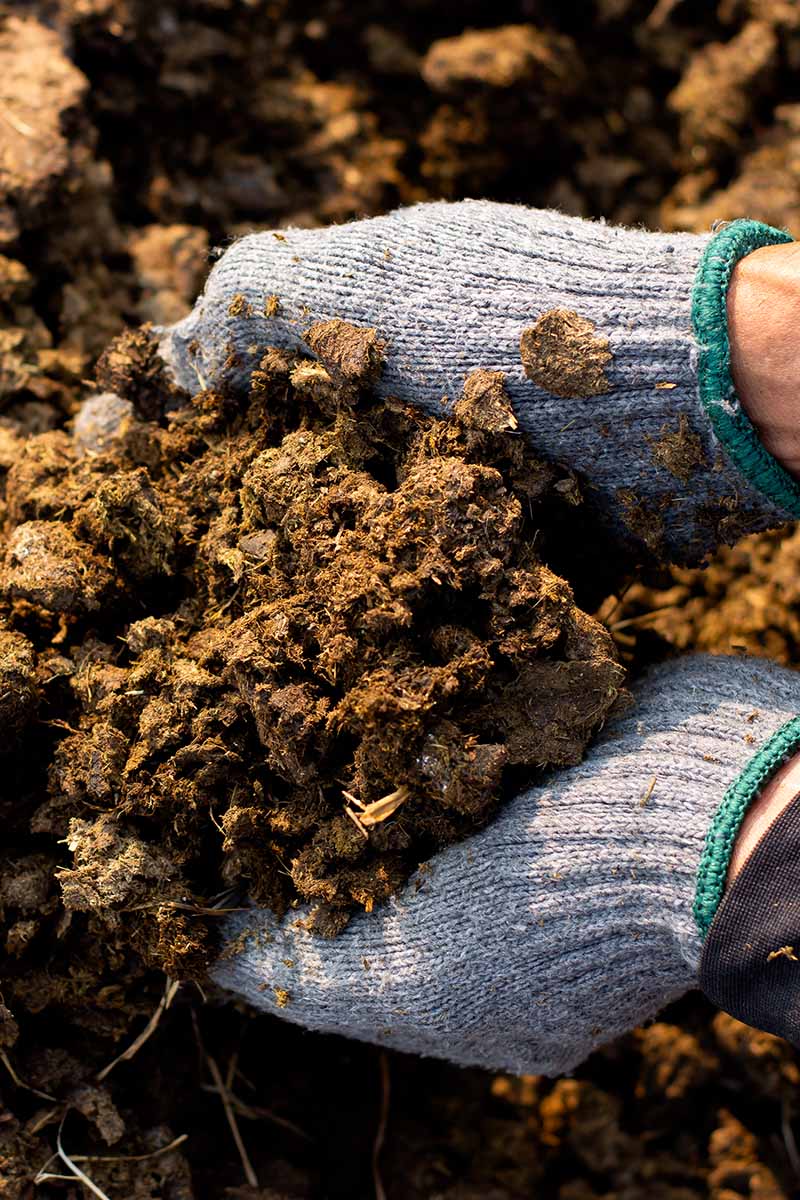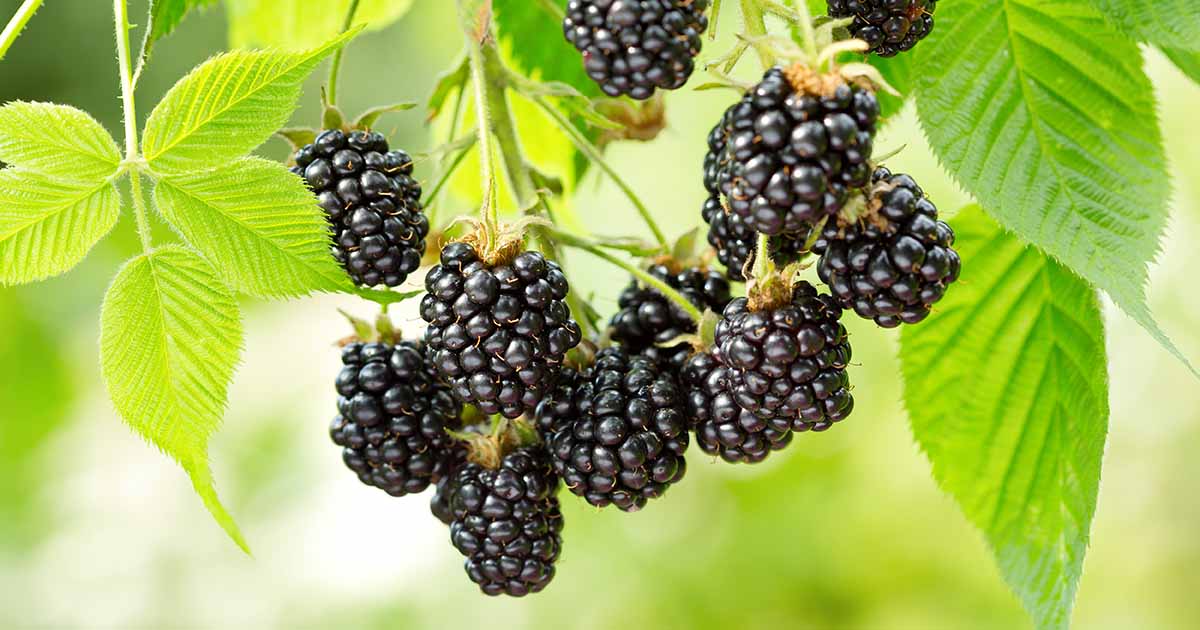Munching on a ripe blackberry is a sensory experience that is hard to replicate: the snap between your teeth then the rush of juice, and the crack of the tiny seeds.
Blackberry bushes are pretty reliable. You don’t need to baby the plants for them to produce an abundant harvest.


We link to vendors to help you find relevant products. If you buy from one of our links, we may earn a commission.
But fertilizing is one element that you must pay attention to if you want to achieve an abundant crop. Next to pruning, it’s probably the thing that will have the biggest impact on your berry harvest.
We’re going to explain how and when to feed blackberries to make the process easy, so here’s what you can expect coming up:
The hardest part of fertilizing blackberries is probably avoiding the thorns, so don’t stress. Just don some gloves, a long-sleeved shirt, and get ready to jump in.
What Kind of Fertilizer to Use
There are several types of fertilizer out there, from organic options to conventional chemicals. They can all work, so the decision largely comes down to your personal preference.
The easiest option is to use a balanced, slow-release granular fertilizer like a 10-10-10 or a 20-20-20 (NPK), such as Lily Miller All-Purpose Planting & Growing Food, available from Amazon in four-pound bags.


Lily Miller All-Purpose Planting & Growing Food
Liquid fertilizer can also be used, but will need to be applied more frequently and is a more expensive option.
If you do wish to go this route, you can either use a 3-3-3 (NPK) or use a 10-10-10 such as Bonide Liquid Plant food, diluted by half.
You can find Bonide Liquid Plant Food in eight-ounce bottles available via Amazon.
However, if you generally try to avoid using chemicals in the garden or you just like to take a more natural approach, well-rotted manure also works well.


You just need to be sure you apply it in the fall so it has time to work into the soil and for any salts to leach out.
When to Fertilize
Figuring out when to feed is easy. If you’re using commercial fertilizer, feed your plants once per year with a balanced, slow-release granular fertilizer when the blackberries are mid-bloom.


If you are using liquid fertilizer, you’ll need to apply a 3-3-3 (NPK) three different times: when the leaves bud, when the flowers bud, and when the berries start to change color.

